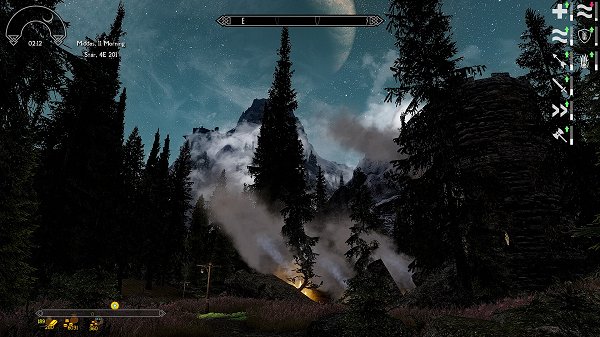
“You can’t mod Skyrim without CTD”.
I read that comment somewhere long forgotten a few months ago and it came back to me last week as I was setting up (yet another) new build because, while I can’t lie and say I never crash, I do very rarely crash on a heavily modded (500+ mods) Skyrim Legendary Edition (LE) load order.
That’s not a boast, by the way. The stable build is built on far too many hours of pain, reinstalling, and regretting my life choices in downloading that shiny new mod that completely screwed up my game – but to put a positive spin on things, it has helped me mod far more responsibly and helped me learn how to spot problems quicker.
If you ask 100 Skyrim players how to mod for a stable game, you’ll probably get 100 answers: everyone has their own views and that’s fine. These are 5 things that I use.
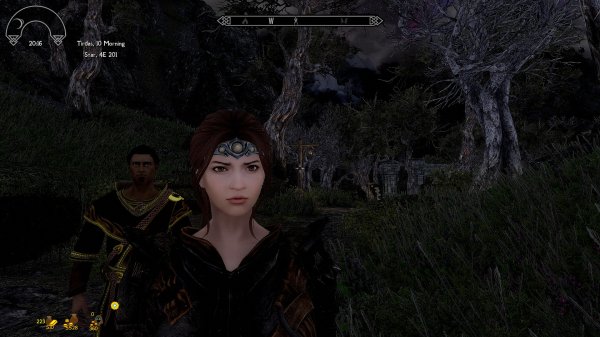
What matters to you?
Some people like 4K graphics on everything, some people like 50 script-heavy sex mods (I’m not judging), some people have a preference for framerate. Be clear about what you’re trying to achieve. Personally I try and aim for a playable framerate (40-60fps) while looking reasonably good (to my tastes) and with some gameplay changes/extra content to mix things up on vanilla.
If you have a clear idea of what you’re trying to achieve, everything else gets a lot easier.
What can your system handle?
Skyrim is an old game. Skyrim SE is a remastered old game. There are limits on what it will do. There’s no point installing 4K cabbage mods *cough* if your graphics card is steam-powered. You can’t install 30000 alternate animations and not expect the game to fall over. Be realistic about what your PC can handle, and what the game can handle.

Pick your mods carefully, read the description twice
I am as guilty as anyone of saying oooh shiny and downloading a mod or ten I don’t really need. I’ve installed and uninstalled my fair share of mods that weren’t for me in the end and I’m trying to do better. Honest.
Ask yourself how much you actually need that mod because it could be The One that tips your PC over the edge into meltdown. And don’t forget to read the description and at least the first page of comments: it’s easy to get carried away and miss the dependencies you also need to install and the patch someone has linked in the comments.
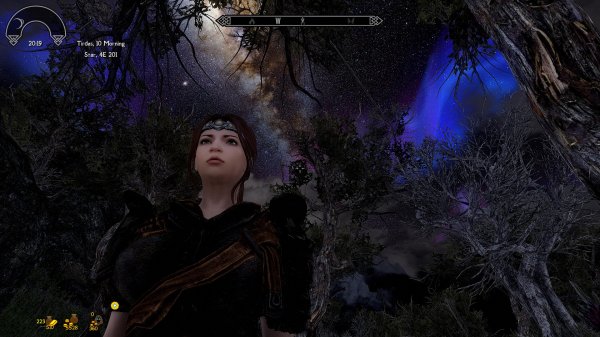
Use a mod manager
I will admit I still use Nexus Mod Manager, which gets a lot of bad press, and sometimes quite a lot of swearing from me. Anyway, you should be using a mod manager, whichever one you use. Unless you have <10 mods, manual installation and management is going to be a headache. Let a mod manager take the strain.
Use the tools that are out there to manage your game
The Skyrim modding community is incredible in terms of content but it also produces some very solid tools to help you increase the stability of your game. In no particular order:
LOOT to sort your load order and identify missing masters
Wyre Bash to create a Bashed Patch
FNIS for your alternate animations
TES5Edit to detect conflicts and make patches
Ordenador to reduce the size of textures
BethINI to optimise your game configuration files
Crash Fixes does what it says on the tin
Merge Plugins to stay below the limit of 254 esps
ENB will help performance even if you don’t use for graphical changes
STEP is a curated guide to follow for a stable modded game. I don’t use it but if you’re new to modding it’s a good source of information and recommendations.

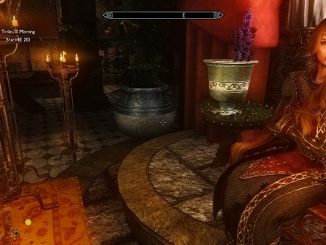
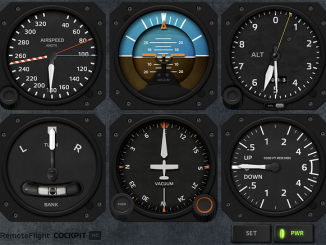

What enb do you use?
Wish ENB for Vivid Weathers https://www.nexusmods.com/skyrim/mods/81368